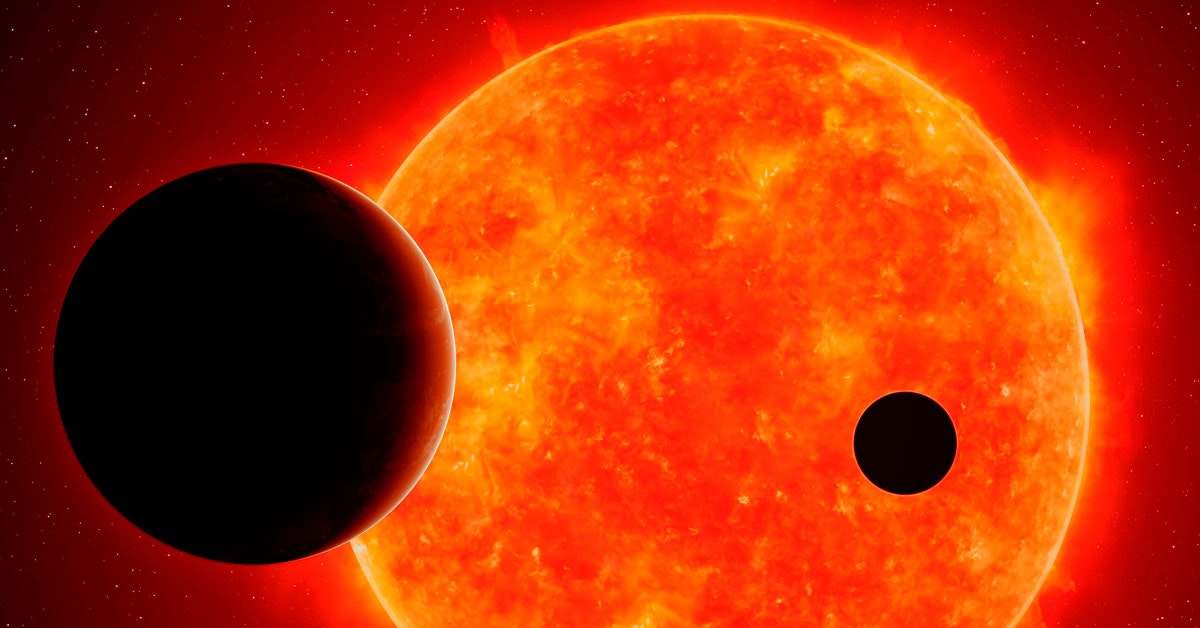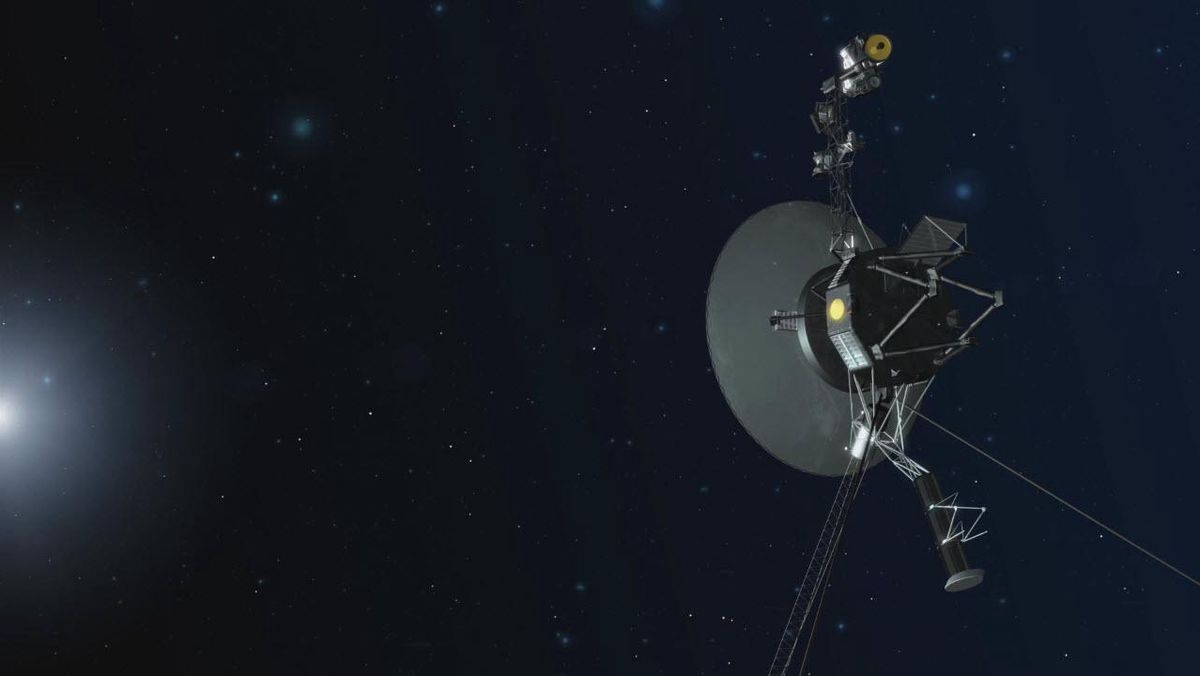The exoplanets, all larger than Earth but smaller than ice giant Neptune, dance around the bright star in a perfectly synchronized cosmic dance of closely connected orbits.
In this case, this means that the planet closest to the star, planet b, orbits the star three times in the time it takes the next planet, c, to make two orbits.
Every time c takes three turns, the next planet, d, takes two turns. The pattern continues until the two outer planets in the system, f and g, where the ratio is instead 4:3.
So the innermost one takes four rounds each time the furthest takes three rounds.
This tightly coupled cosmic dance is known as orbital resonance, and this phenomenon is thought to occur at the beginning of most planetary systems.
However, the perfect path can easily be disrupted by chaos resulting, for example, from the passage of stars or the collision of planets to disturb harmony.
The system is “frozen in time”
However, in the newly discovered planetary system, the resonance appears to still be in place, more than a billion years after the system itself formed. It’s as if time has stopped.
It’s a rare sight, as only 1% of all planetary systems are thought to move in resonance, leading scientists to call it the “perfect” solar system.
Even rarer, astronomers have found five pairs of exoplanets with synchronous orbits, just as they did when the system formed billions of years ago.
According to the researchers behind the discovery, it shows that “the development of the system was very careful and calm,” as lead author Rafael Luc explains to the journal Astronomy.
Watch the video: This is how the planets move
Therefore, astronomers believe that the original family of planets is ideal for studying how planetary systems like ours form.
Observer from the ground
The team behind the study used data from twelve different telescopes to find the six planets in our cosmic neighborhood.
One of them was the American space telescope TESS, which was sent into space in 2018 and already observed in 2020 how two planets entered an orbit in front of the host star HD110067.
Later, astronomers got help from the European Space Agency’s CHEOPS space telescope.
The host star itself is the brightest star ever found with more than four planets around it, making it bright enough to be observed with telescopes on Earth.
Researchers hope that in the future they will be able to obtain more data that can reveal more about the size of planets, their atmosphere, and perhaps their inner layers.
The study was published in the scientific journal Nature magazine.

“Explorer. Unapologetic entrepreneur. Alcohol fanatic. Certified writer. Wannabe tv evangelist. Twitter fanatic. Student. Web scholar. Travel buff.”




